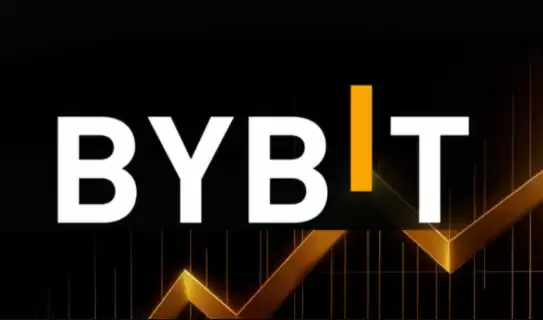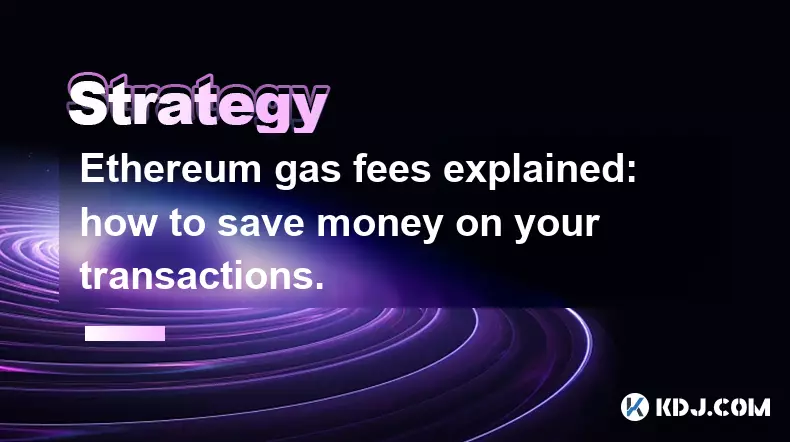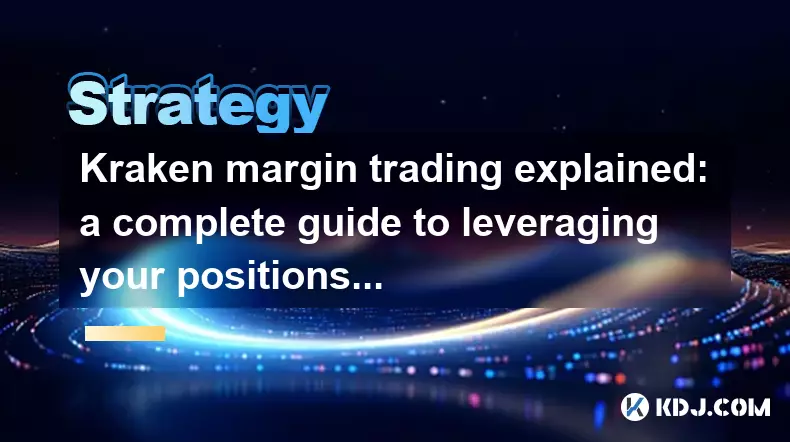-
 bitcoin
bitcoin $102182.982207 USD
-0.92% -
 ethereum
ethereum $3438.744518 USD
0.12% -
 tether
tether $0.999933 USD
0.02% -
 xrp
xrp $2.405093 USD
0.05% -
 bnb
bnb $956.306114 USD
-0.53% -
 solana
solana $153.028851 USD
-1.23% -
 usd-coin
usd-coin $0.999800 USD
-0.03% -
 tron
tron $0.294898 USD
-1.08% -
 dogecoin
dogecoin $0.171428 USD
-0.58% -
 cardano
cardano $0.551186 USD
-1.15% -
 hyperliquid
hyperliquid $38.755878 USD
0.04% -
 chainlink
chainlink $15.298460 USD
-0.05% -
 bitcoin-cash
bitcoin-cash $516.067428 USD
1.68% -
 stellar
stellar $0.280726 USD
-0.42% -
 zcash
zcash $518.919369 USD
18.01%
How to make a profit from Bybit contracts
Understanding the different ways to profit from Bybit contracts empowers traders to leverage price movements and volatility for potential returns while employing risk management techniques to minimize losses.
Nov 12, 2024 at 11:29 pm

How to Make a Profit from Bybit Contracts
Bybit is a leading cryptocurrency derivatives exchange that offers a wide range of trading products, including perpetual contracts. Perpetual contracts are a type of futures contract that do not have an expiry date, which means traders can hold their positions indefinitely. This makes them ideal for traders who want to take advantage of long-term price trends.
There are a few different ways to make a profit from Bybit contracts. The most common strategy is to trade the price of the underlying asset. Traders can go long (buy) if they believe the price will rise, or short (sell) if they believe the price will fall.
Another way to make a profit from Bybit contracts is to trade the volatility of the underlying asset. Volatility is a measure of the price movement of an asset over a period of time. Traders can buy or sell volatility contracts to speculate on whether the price of the underlying asset will become more or less volatile in the future.
Finally, traders can also use Bybit contracts to hedge their exposure to the underlying asset. Hedging is a strategy that involves taking offsetting positions in two different markets or assets in order to reduce overall risk. Traders can use Bybit contracts to hedge their exposure to price movements in the underlying asset, or to hedge their exposure to volatility.
Bybit contracts offer a number of advantages over other types of trading products, including:
- High leverage: Bybit offers leverage of up to 100x, which means that traders can trade with up to 100 times the amount of capital they have in their account. This can amplify both profits and losses.
- Low fees: Bybit has some of the lowest fees in the cryptocurrency derivatives market. This means that traders can keep more of their profits.
- User-friendly platform: Bybit's platform is designed to be user-friendly, even for beginners. This makes it easy for traders to get started with trading Bybit contracts.
To make a profit from Bybit contracts, traders should follow these steps:
1. Choose the right trading strategyThe first step is to choose the right trading strategy. There are a number of different trading strategies that can be used to trade Bybit contracts, and the best strategy for you will depend on your individual circumstances and risk tolerance.
If you are new to trading Bybit contracts, it is important to start with a simple strategy. Once you have gained some experience, you can then experiment with more complex trading strategies.
Some of the most common trading strategies for Bybit contracts include:
- Trend following: Trend following involves buying an asset when it is trending up and selling it when it is trending down. Trend following can be a profitable strategy, but it is important to be able to identify trends correctly.
- Counter-trend trading: Counter-trend trading involves buying an asset when it is trending down and selling it when it is trending up. Counter-trend trading can be a profitable strategy, but it is important to be able to time your trades correctly.
- Range trading: Range trading involves buying and selling an asset within a specific price range. Range trading can be a profitable strategy, but it is important to be able to identify range-bound assets correctly.
- Arbitrage trading: Arbitrage trading involves buying an asset on one exchange and selling it on another exchange for a higher price. Arbitrage trading can be a profitable strategy, but it is important to be able to identify arbitrage opportunities correctly.
Risk management is one of the most important aspects of trading Bybit contracts. There are a number of different ways to manage risk, and the best risk management strategy for you will depend on your individual circumstances and risk tolerance.
Some of the most common risk management techniques include:
- Use stop-loss orders: Stop-loss orders are orders that automatically sell your contracts if the price falls below a certain level. This can help to protect you from losses if the price moves against you.
- Use take-profit orders: Take-profit orders are orders that automatically sell your contracts if the price rises above a certain level. This can help to lock in your profits if the price moves in your favor.
- Use position sizing: Position sizing involves trading with a position size that is appropriate for your account size and risk tolerance. Trading with too large of a position size can increase your risk of losses.
- Diversify your portfolio: Diversifying your portfolio involves trading a variety of different assets. This can help to reduce your overall risk exposure.
It is important to monitor the market regularly to stay up-to-date on the latest price movements and news events. This will help you to make informed trading decisions.
There are a number of ways to monitor the market, including:
- Read the news: Reading the news can help you to stay up-to-date on the latest events that could impact the price of the underlying asset.
- Use a charting platform: A charting platform can help you to visualize price movements and identify trends.
- Follow social media: Social media can be a good way to get real-time updates on the market.
The best way to improve your trading skills is to practice. You can practice your trading strategy on a demo account before you start trading with real money.
Demo accounts are simulated trading accounts that allow you to trade with virtual currency. This can help you to get a feel for the market and test your trading strategy without risking any real money.
5. Trade with a reputable brokerIt is important to trade with a reputable broker. A reputable broker will provide you with a safe and reliable trading environment.
Here are some tips for choosing a reputable broker:
- Do your research: Read reviews and compare different brokers before you choose one.
- Check the broker's regulation: Make sure the broker is regulated by a reputable financial authority.
- Consider the broker's fees: Compare the broker's fees to other brokers to make sure they are competitive.
A trading plan is a set of rules that you follow when you trade. A trading plan can help you to stay disciplined and make informed trading decisions.
Here are some tips for creating a trading plan:
- Define your trading goals: What are you hoping to achieve with your trading?
- Identify your risk tolerance: How much risk are you comfortable with taking?
- Choose a trading strategy: What trading strategy will you use?
- Set your trading rules: What are your rules for entering and exiting trades?
- Review your trading plan regularly: Make sure your trading plan is still up-to-date and effective.
By following these steps, you can increase your chances of success when trading Bybit contracts
Disclaimer:info@kdj.com
The information provided is not trading advice. kdj.com does not assume any responsibility for any investments made based on the information provided in this article. Cryptocurrencies are highly volatile and it is highly recommended that you invest with caution after thorough research!
If you believe that the content used on this website infringes your copyright, please contact us immediately (info@kdj.com) and we will delete it promptly.
- Airdrop Anarchy: Unmasking Manipulation in the Crypto Wild West
- 2025-11-14 04:55:01
- dYdX, Buyback Program, and Community: A New Era for DeFi?
- 2025-11-14 04:50:01
- DYDX Goes All-In: Protocol Fees Fuel Massive Token Buyback
- 2025-11-14 04:50:02
- Milk Mocha Meme Coin Presale Frenzy: HUGS Steals Hearts and Crypto
- 2025-11-14 02:50:01
- Aster Price, Market Strength, and Future Outlook: A Bullish Beacon?
- 2025-11-14 03:40:02
- eBay 50p Coin Frenzy: Are You Sitting on a Hidden Fortune?
- 2025-11-14 03:22:21
Related knowledge

The Complete Guide to Liquidity Mining: Earning Rewards in DeFi.
Nov 14,2025 at 12:40am
Understanding Decentralized Exchanges in the Crypto Ecosystem1. Decentralized exchanges (DEXs) operate without a central authority, allowing users to ...

How to Build a Diversified Crypto Portfolio: A Guide for New Investors.
Nov 14,2025 at 12:59am
Understanding the Basics of Crypto Portfolio Diversification1. Cryptocurrency markets are known for their volatility, making diversification a crucial...

How to Survive a Crypto Bear Market: Strategies for Protecting Your Capital.
Nov 14,2025 at 03:22am
Understanding the Crypto Bear Market1. A crypto bear market is characterized by prolonged price declines across major digital assets, often triggered ...

Navigating a crypto bear market: strategies for survival and profit.
Nov 05,2025 at 02:04pm
Navigating a Crypto Bear Market: Strategies for Survival and Profit Surviving a crypto bear market requires more than just patience—it demands strateg...

Ethereum gas fees explained: how to save money on your transactions.
Nov 04,2025 at 04:01pm
Ethereum Gas Fees: Understanding the Basics1. Ethereum operates on a decentralized network where every transaction requires computational power to exe...

Kraken margin trading explained: a complete guide to leveraging your positions.
Nov 04,2025 at 02:19pm
Kraken Margin Trading Overview1. Kraken is one of the most established cryptocurrency exchanges offering margin trading to experienced traders seeking...

The Complete Guide to Liquidity Mining: Earning Rewards in DeFi.
Nov 14,2025 at 12:40am
Understanding Decentralized Exchanges in the Crypto Ecosystem1. Decentralized exchanges (DEXs) operate without a central authority, allowing users to ...

How to Build a Diversified Crypto Portfolio: A Guide for New Investors.
Nov 14,2025 at 12:59am
Understanding the Basics of Crypto Portfolio Diversification1. Cryptocurrency markets are known for their volatility, making diversification a crucial...

How to Survive a Crypto Bear Market: Strategies for Protecting Your Capital.
Nov 14,2025 at 03:22am
Understanding the Crypto Bear Market1. A crypto bear market is characterized by prolonged price declines across major digital assets, often triggered ...

Navigating a crypto bear market: strategies for survival and profit.
Nov 05,2025 at 02:04pm
Navigating a Crypto Bear Market: Strategies for Survival and Profit Surviving a crypto bear market requires more than just patience—it demands strateg...

Ethereum gas fees explained: how to save money on your transactions.
Nov 04,2025 at 04:01pm
Ethereum Gas Fees: Understanding the Basics1. Ethereum operates on a decentralized network where every transaction requires computational power to exe...

Kraken margin trading explained: a complete guide to leveraging your positions.
Nov 04,2025 at 02:19pm
Kraken Margin Trading Overview1. Kraken is one of the most established cryptocurrency exchanges offering margin trading to experienced traders seeking...
See all articles










































































